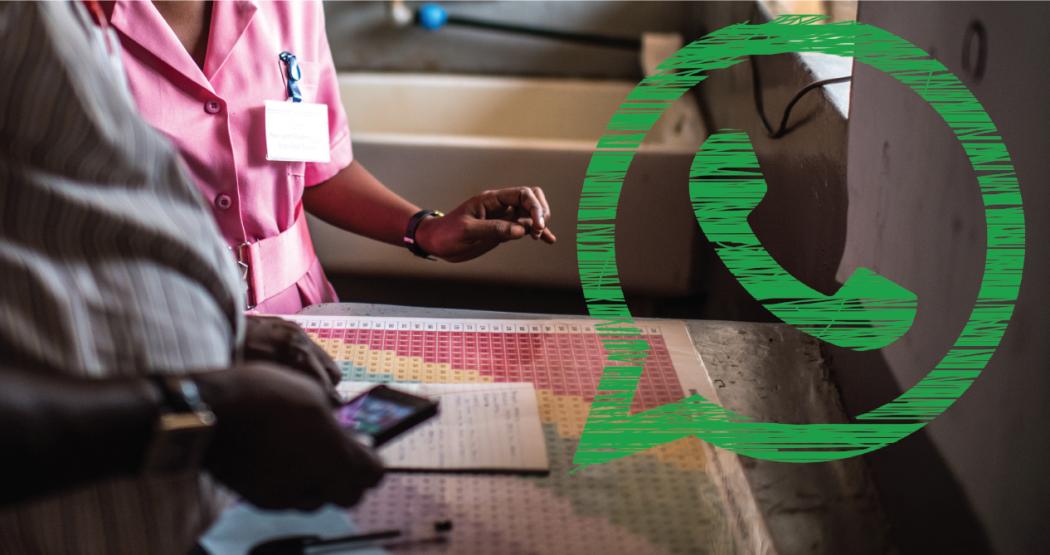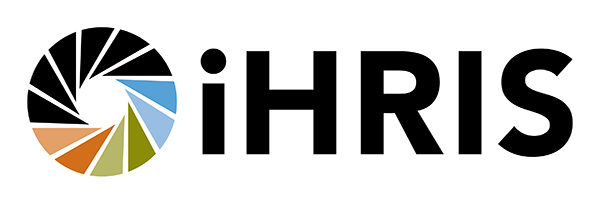WhatsApp Is a Lifeline for Nurses and Midwives in Remote Communities

Allison Annette Foster was enjoying Thanksgiving dinner with her family in Dallas when her phone chimed. Her cheer faded as a clinical emergency began to unfold in a string of text messages among a group of nurses eight time zones away.
It was the middle of the night in rural Zambia, and a 39-year-old pregnant woman had arrived at a local health post. A young nurse there was alone, as is often the case, and unsure of what to do. So he grabbed his phone and sent a message to nurses in other districts for advice.
“Mother here in labor. She is really struggling and in severe pain. What should I do?” the first message read.
A senior nurse midwife from a facility in another district quickly responded, asking several questions about the patient’s obstetric history. The group learned this was the woman’s fourth pregnancy and that her previous deliveries were swift and uncomplicated; something was different this time.
Others chimed in and helped the nurse determine that the woman was definitely in labor—her cervix was four centimeters—and it wasn’t progressing normally.
The senior midwife reminded the young nurse that he wasn’t trained as a midwife and probably wasn’t equipped to handle the kind of complication they suspected. She advised him to administer fluids and transfer the woman to a referral hospital right away.
He thanked everyone for their guidance, but then—silence. Minutes, and eventually hours, passed and everyone on the chain grew anxious.
“Are you there? What’s happening??” someone finally texted.
At last, a response came: The mother made it to the hospital, the baby was born, and both were OK.
A few weeks later, a similar scenario played out when a man in a diabetic coma was brought to another health post. Through a series of messages about which drugs to administer and at what doses, the group helped the nurse, also working alone, stabilize the patient and arrange for his transfer to a hospital, where he eventually recovered in the ICU.
More than 60% of health facilities in Zambia are run by a single nurse or midwife.
All of this transpired on WhatsApp—a messaging app used by over a billion people in 180 countries. The nurses and their supervisors use it as part of a leadership and management capacity-building program taught by the University of Zambia (UNZA) and IntraHealth International.
Allison Annette Foster, senior advisor of health systems strengthening at IntraHealth, and her partners helped design the blended learning course that fulfills continuing education requirements for nurses’ relicensure.
Linking education to practice—and nurses to each other
More than 60% of health facilities in Zambia are run by a single nurse or midwife, who usually works alone and bears full responsibility for all clinical decisions 24 hours a day, seven days a week. It can be lonely, complex, stressful work. He or she manages the facility, supervises staff and volunteers, interacts with the community and oversees supplies, disease surveillance, and more.
“We need to equip nurses with the necessary competence and confidence to work first as clinicians, but also as managers and leaders of diverse teams,” says Marjorie Makukula, assistant dean at the UNZA School of Nursing.
That’s why IntraHealth and its partners, with support from Johnson & Johnson, partnered with UNZA to design a training to better prepare the country’s nurses and midwives who head rural facilities, while at the same time addressing gaps that have long been overlooked: health care management and leadership development at the community health level.
Enter WhatsApp
What started as just one small, supplemental component of the course—a WhatsApp group composed of the 20 nurses and their five supervisors—has blossomed into a dynamic, supportive community of practice.
Foster says the curricula design team chose WhatsApp because course participants were already familiar with it and they needed a low-cost, sustainable channel for communication. Each week, after completing assignments and integrating lessons into their own clinical practice, the nurses and nurse midwives exchange reflections alternately with other facility heads or with their supervisors.
“We were interested in whether they would use it outside of assignments, but we were not managing the group beyond weekly discussion questions,” Foster says.
They found, though, that course participants started using the chat group to ask each other about actual cases and clinical emergencies. They began forming professional bonds, gaining confidence in technology, and, as their managers responded in real-time, benefiting from the fundamentals of supportive supervision.
None of this would have been possible in a typical course or one that used slower-paced technology.
The immediacy and informal nature of this popular social media tool is changing the way these health workers practice, saving lives, and opening the door to real-time support and mentorship.
WhatsApp for frontline health care
This is just one way WhatsApp is being used for public health programs and adapted in increasingly sophisticated ways to improve health care in low-resource settings. In Kenya, it’s similarly connecting community health workers to their supervisors and to timely advice. In Brazil, the app helped doctors detect Zika and track the virus’s spread to different regions.
This is not a story about scaling up a promising, new technology to deliver care. It’s about the meaningful ways in which a tool that one billion people are already using can be applied to nurture dialogue, commitment, and trust among a group of isolated practitioners. But we need more data and a better understanding of what works, why, and what conditions are necessary for success.
Because mixing social media and health care can also lead to pitfalls. In the US and other countries, guidance exists to help health workers navigate appropriate use and avoid ethical and professional risks.
But it’s clear for this group of nurses, who are learning the fundamentals of leadership in rural Zambia, the risks of practicing in isolation are too high to ignore their success and how it could work for health workers elsewhere.
Millions of frontline providers bear the enormous responsibility of delivering high-quality primary health care to their communities, and sometimes being the only person there when a life-or-death situation comes through the clinic door. If tools like WhatsApp can support these health workers and save lives, then it’s time to systematically analyze what we already know about their use in low-resource settings and start scaling up this scaled-down use of a ubiquitous tool.
The course was developed in response to research carried out by the Primary Health Care to Communities (PHC2C) partnership. The partnership formed in 2014 to advance universal health coverage and the Sustainable Development Goals by strengthening support to nurses and midwives so they can effectively lead frontline teams to deliver high-quality care to communities. The five core organizations—IntraHealth International, the International Council of Nurses, mPowering Frontline Health Workers, the University of Zambia, and the Dalhousie University WHO/PAHO Collaborating Centre for Health Workforce Planning and Research—worked with Zambia’s Ministry of Health and General Nursing Council to improve primary health care at the community level. In 2015, Johnson & Johnson joined the partnership to support first-phase research in Zambia on the role of nurses and midwives at the community level.
